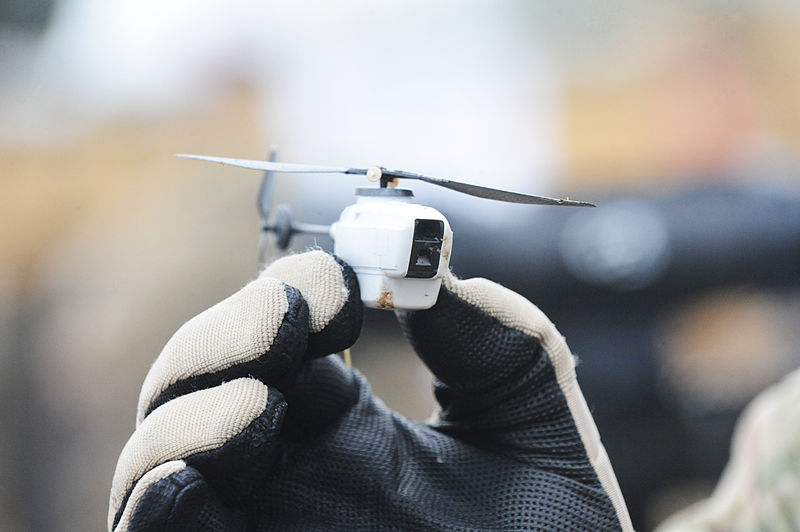The amendments to Part 101 of the Civil Aviation Safety Regulations 1998 (CASR) have finally been made, following Royal assent on 24 March 2016.
The Civil Aviation Legislation Amendment (Part 101) Regulation 2016 (“Regulation”) was registered on the Federal Register of Legislation on 29 March 2016 and will come into force in 6 months (on 29 September 2016, pursuant to regulation 2). This regulation amends a variety of legislation including the Civil Aviation Safety Regulations 1998, Civil Aviation (Fees) Regulations 1995, Civil Aviation Regulations 1988 and Transport Safety Investigation Act 2003 to align with ICAO terminology, in particular by replacing the term “unmanned aerial vehicle” (UAV) with “remotely piloted aircraft” (RPA).
Some of the matters introduced by the Regulation include the following in this list adapted from the Explanatory Statement:
- simplified regulatory requirements for lower risk RPA operations and an allowance for more detailed operational matters to be dealt with in a Manual of Standards (a prescriptive guidance document) aimed at providing greater flexibility and responsiveness in this rapidly evolving area;
- the Regulation establishes a set of standard operating conditions for RPA, categorisations for RPA according to weight and introduces the concept of “excluded RPA” to represent RPA operations considered to be lower risk, as determined by RPA category and operational use;
- excluded RPA have reduced regulatory requirements, such as not needing an operator’s certificate or a remote pilot licence (RePL);
- the Regulation permits private landowners to carry out some commercial-like operations on their own land under the ‘standard RPA operating conditions’ without requiring them to hold an Unmanned Aircraft Operator’s Certificate (UOC) or RePL, if using an RPA weighing up to 25 kg provided that none of the parties involved receive remuneration;
- for RPA weighing between 25 kg to 150 kg, the operator needs to hold a remote pilot licence in the category of aircraft being flown;
- the Regulation requires a person operating, or conducting operations using, a very small RPA for hire or reward to notify CASA rather than being required to obtain a UOC and RePL. The Regulation makes it an offence for a person to operate a very small RPA for hire or reward without notifying CASA and also allows CASA to establish and maintain a database of information that relates to these notifications;
- the Regulation inserts new definitions into Part 1 of the CASR Dictionary and adds remote pilots, UOC holders, and people permitted to operate commercially without authorisations to the list of persons in Part 117 of CASR who must respond to CASA’s surveys;
- autonomous flight is prohibited under the amendments until such time as suitable regulations can be developed by CASA. However, there is scope for autonomous flight to be approved by CASA on a case-by-case basis in the meantime;
- the Regulation broadens the eligibility for an RePL by not specifically requiring an Aeronautical Radio Operator’s Certificate, enabling the holder of an equivalent qualification to meet the required standards in respect of radio communications.
The Regulation also amends the Transport Safety Investigation (Voluntary and Confidential Reporting Scheme) Regulation 2012 to update the terminology from ‘UAV’ to ‘RPA’, thereby ensuring that the voluntary and confidential reporting (REPCON) scheme applies in relation to remotely piloted aircraft. Transitional provisions ensure those who currently have authorisations issued under Part 101 will largely be unaffected by the commencement of the new amended provisions and concepts in September.
Finally, the categories or weight classes of RPAs have undergone substantial revision in line with the foregoing amendments. The new list removes the prior size and weight categories and includes sizes as follows, indicating a much broader engagement by the regulator with the risk categories posed by varying sizes of RPA:
Large RPA means [among other things] a remotely piloted aeroplane with a gross weight of more than 150 kg.
Medium RPA means [among other things] an RPA with a gross weight of at least 25 kg but not more than 150 kg.
Small RPA means an RPA with a gross weight of at least 2 kg but less than 25 kg.
Very small RPA means an RPA with a gross weight of more than 100 g but less than 2 kg.
Micro RPA means an RPA with a gross weight of 100 g or less.
Photo credit: Richard Watt/MOD

